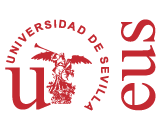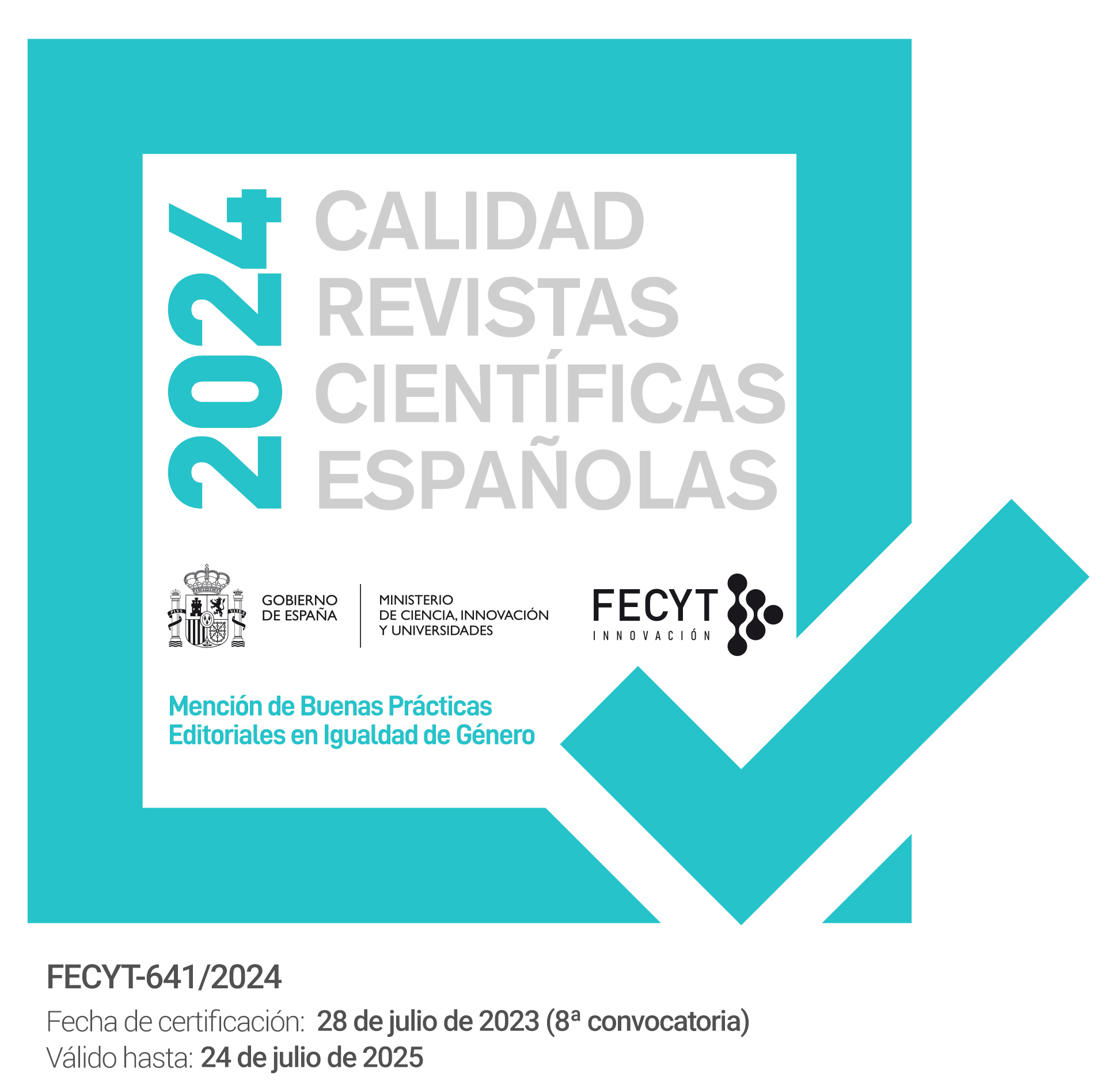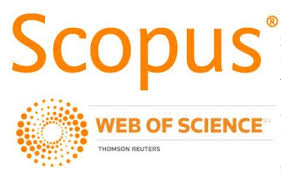Selected Aspects of Zoosemy: The Conceptual Dimension Origin/social Status at Work
DOI:
https://doi.org/10.12795/PH.2010.v24.i02.03Keywords:
zoosemy, conceptual metaphor, conceptual sphere, origin/social status, English, domesticated animalsAbstract
The present paper discusses the problem of zoosemy, understood as one of the mechanisms of semantic change whereby animal names are em- ployed to designate human characteristics. In accordance with the main tenets of cognitive linguistics, it is postulated that the workings of zoosemy in Eng- lish may be accounted for by reference to seven conceptual dimensions/spheres, i.e. profession/social function, behaviour/character, origin/social status, phys- ical characteristics/appearance, morality, sexuality, contempt/opprobrium of which one, i.e. the conceptual dimension origin/social status, is investigated here in detail. The lexical material in focus comprises lexemes used not only in various periods of historical development of English, but also lexical units selected from other languages both Indo-European (Spanish, Italian, French, Polish, Russian, Slovak, German) and non-Indo-European (Chinese, Hungarian). The final part of the article presents observations and conclusions drawn from the analysis of the relevant lexical material.Downloads
References
Ammer, Ch. 1989. It’s Raining Cats and Dogs. New York: Dell Publishing (IRCD).
Baider, F. and S. Gesuato. 2003. “Masculinist metaphors, feminist research”. The Online Journal Metaphorik.de 5, pp. 6-25.
Chamizo Domínguez, P.J and M. Zawislawska. 2006. “Animal names used as insults and derogation in Polish and Spanish”. Philologia Hispalensis 20, pp. 137-174.
Claiborne, R. 1988. Loose Cannons and Red Herrings. A Book of Lost Metaphors. New York: W.W. Norton (LCRH).
Doroszewski, W. (ed.). 1958-1969. Słownik języka polskiego PAN (SJPP). Warszawa: PAN.
English-Hungarian Online Dictionary. http://www.ectaco.co.uk/English-Hungarian-Dictionary/.
English-Spanish Online Dictionary. http://www.freedict.com/onldict/spa.html (ESOD ).
Evans, I.H. (ed.). 1981. Brewer’s Dictionary of Phrase and Fable. London: Book Club Associates/Cassell (BDPF).
Geeraerts, D. 1983. “Reclassifying semantic change”. Quaderni di Semantica 4, pp. 217-240.
Gove, Ph.B. (ed.). 1993. Webster’s Third New International Dictionary of the English Language Unabridged. Cologne: Köneman (WTN IDU ).
Grose, F. 1811. Dictionary of the Vulgar Tongue. http://www.fromoldbooks.org/Grose-VulgarTongue/ (DVT).
Guralnik, D.B. (ed.). 1982. Webster’s New World Dictionary of the American Language. New York: Simon & Schuster (WNWD).
Hendrickson, R. 1987. The Facts on File Encyclopedia of Word and Phrase Origins. New York: Facts on File.
Hsieh, Sh.Ch. 2003. “The Corpus of Mandarin Chinese and German animal expressions.” In: D. Archer, P. Rayson, A. Wilson and T. McEnery (eds.), Proceedings of the Corpus Linguistics 2003 Conference. Lancaster: Lancaster University, pp. 332-341. Hsieh, Sh.Ch. 2000. Tiermetaphern im modernen Chinesischen und Deutschen: Eine vergleichende semantische und soziolinguistische Studie. Ph.D. Dissertation. University of
Tübingen. www.210.ub.uni-tuebingen.de/dbt/volltexte/2001/209/.
Johnson, S. 1755. A Dictionary of the English Language. London: Hildesheim (reprint 1968).
Kiełtyka, R. 2006. Towards a Historical Account of English Zoosemy: The Case of Middle English and Early Modern English Domesticated Animals. Ph.D. Dissertation. The University of Rzeszów.
Kiełtyka, R. 2008. On Zoosemy: The Study of Middle English and Early Modern English domesticated animals. Rzeszów: Wydawnictwo Uniwersytetu Rzeszowskiego.
Kleparski, G.A. 1997. The Theory and Practice of Historical Semantics: The Case of Middle English and Early Modern English Synonyms of girl/young woman. Lublin: The Catholic University of Lublin Printing House.
Kleparski, G.A. 2002. “Lusta, mint a disznó: a hunt for ‘correlative’ zoosemy in Hungarian and English”. Studia Anglica Resoviensia 1, pp. 9-32.
Lakoff, G. and M. Johnson. 1980. Metaphors We Live By. Chicago/London: The University of Chicago Press.
Lakoff, G. and M. Turner. 1989. More than Cool Reason. A Field Guide to Poetic Metaphor. Chicago: The University of Chicago Press.
Lukeš, D. 2005. “Towards a classification of metaphor use in text: Issues in conceptual discourse analysis of a domain-specific corpus”. In: A. Wallington et al. (eds). Proceedings of the Third Interdisciplinary Workshop on Corpus-Based Approaches to Figurative Language. http://www.corpus.bham.ac.uk/PCLC/.
Lyman, D. 1983. The Animal Things We Say. Middle Village, N.Y.: Johnathan David Publishers (ATWS).
Łozowski, P. 2000. Vagueness in Language: From Truth-Conditional Synonymy to Unconditional Polysemy. Lublin: Wydawnictwo UMCS.
MacWhinney, B. 1989. “Competition and lexical categorisation”. In: R. Corrigan, F. Eckman and M. Noonan (eds.), Current Issues in Linguistic Theory: Linguistic Categorisation. Amsterdam: John Benjamins Publishing Company, pp. 195-241.
Mills, J. 1993. Womanwords. A Dictionary of Words about Women. New York: Henry Holt and Company (DWW).
Morris, W. and M. Morris. 1988. Morris Dictionary of Word and Phrase Origins. New York: Harper and Row (2nd edition) (MDWPO).
Murray, J., H. Bradley, Ch.T. Onions, W. Craig and F.J. Furnivall (eds). 1971. The Oxford English Dictionary (OED ). Oxford: Oxford University Press (1992 compact edition).
Onions, Ch.T. (ed.). 1966. The Oxford Dictionary of English Etymology. Oxford: The Clarendon Press (ODEE ).
Online English Slovak Dictionary. www.learnslovak.com/english-slovak-dictionary.html
Ожегов, С.И. and Н. Шведова. 1998. Толковый словарь русского языка. Москва: ЕТС.
Palmatier, R.A. 1995. Speaking of Animals: A Dictionary of Animal Metaphors. Westport: Greenwood Press.
Partridge, E. 2002. A Dictionary of Slang and Unconventional English. London: Routledge (8th edition).
Rawson, H. 1989. A Dictionary of Invective. London: Robert Hale.
Szymczak, M. (ed.). 1982. Słownik języka polskiego PWN. Warszawa: PWN (SJP).
Taylor, J.R. 1989. Linguistic Categorisation: Prototypes in Linguistic Theory. Oxford: Clarendon Press.
Weekley, E. 1967. An Etymological Dictionary of Modern English. New York: Dover Publications (EDME ).
Wright, J. 1898-1905. The English Dialect Dictionary. Oxford: The Clarendon Press.
Zimnowoda, J. 2003. “Opozycja homo — animal w ekspresywnych zwrotach językowych”. Język a kultura 15, pp. 103-115.
Downloads
Published
How to Cite
Issue
Section
License
The printed and electronic editions of this Journal are edited by the University of Seville Editorial, and the source must be cited in any partial or total reproduction.
Unless otherwise indicated, all the contents of the electronic edition are distributed under a license of use and distribution “Attribution-NonCommercial-NoDerivatives 4.0 International” . You can view the informative version and the legal text of the license here. This fact must be expressly stated in this way when necessary.
Authors who publish in this journal accept the following conditions:
- The author/s retain copyright and grant the journal the first publication right, and accept it to be distributed with the Creative Commons By NC ND 4.0 licence, which allows third parties to use what is published whenever they mention the authorship of the work and the first publication in this journal and whenever they do not make commercial use and reuse it in the same way.
- Authors can make other independent and additional contractual agreements for the non-exclusive distribution of the article published in this journal (e.g., include it in an institutional repository or publish it in a book) provided they clearly indicate that the work was published for the first time in this journal.
Authors are allowed and recommended, once the article has been published in the journal Philologia Hispalensis (online version), to download the corresponding PDF and disseminate it online (ResearchGate, Academia.edu, etc.) as it may lead to productive scientific exchanges and to a greater and faster dissemination of published work (see The Effect of Open Access).
- Abstract 173
- PDF (Español (España)) 114







